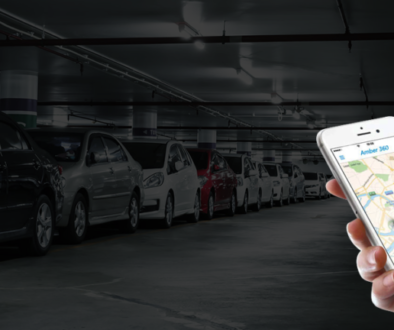Why GPS tracker does not work indoor?

GPS signals are carried through waves at a frequency that does not move easily through solid objects. A GPS device relies on a series of satellites in order to determine where it is physically located. The signals sent from these satellites do not penetrate all kinds of barriers with ease. When you use a GPS inside a building, a wide variety of physical barriers and potential interference sources make it difficult for the device to pinpoint your location accurately.
Line of Sight
A GPS works better when the device has a clear line of sight to the sky. The more GPS satellites that your personal device can access, the more accurate it is. When inside, there is often no direct line from the satellite signals to your device. The signal weakens or distorts as it travels through the building to your GPS, and the result is inaccurate operation.
Building Material
The construction materials in a building affect how well a consumer GPS device will work inside. If you’re in a house and stand near enough to the windows, or if you’re in an office tower with large windows, your GPS could still work. GPS signals pass through glass much more easily than they do through thick, solid materials such as brick, metal, stone or wood.
UHF
At 1575.42 MHz, GPS signals are a high-frequency signal. They are classified as part of the UHF (ultra-high frequency) band of signals. Another problem that occurs indoors is that there are more potential sources of UHF interference that could conflict with the GPS signal and cause it to not work properly. TV antennas are a particularly bad source of interference for GPS signals.


